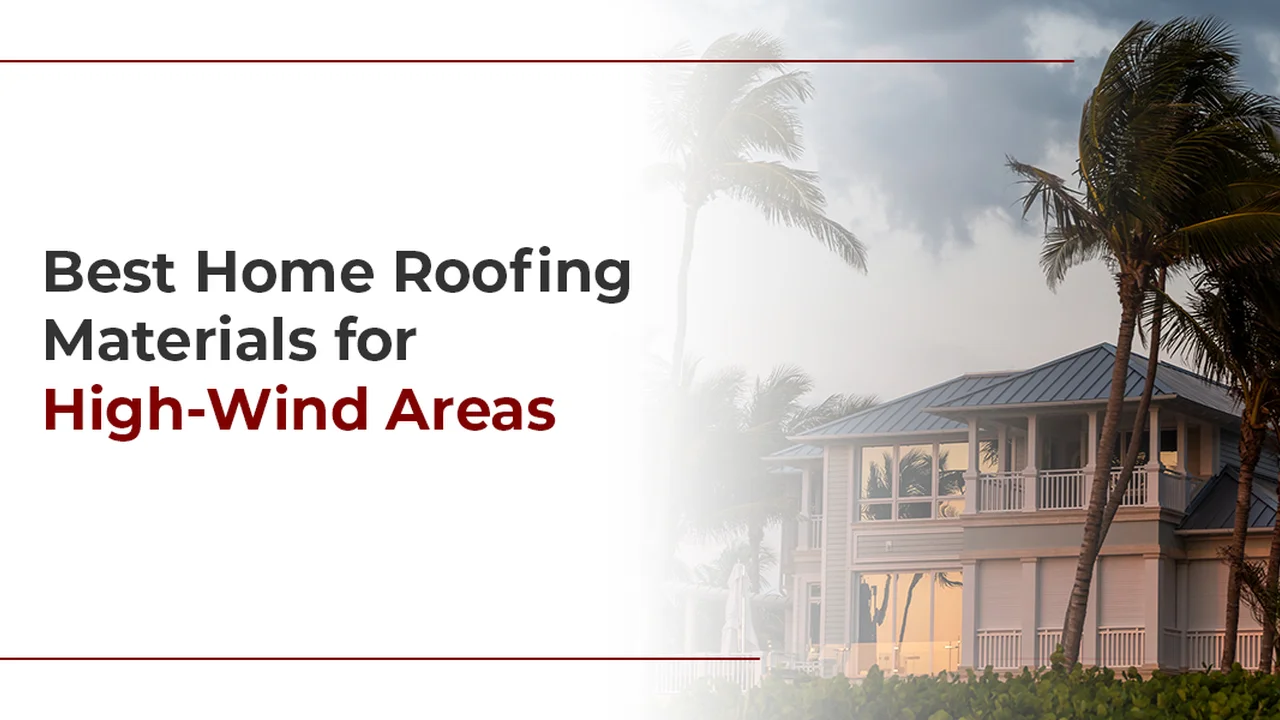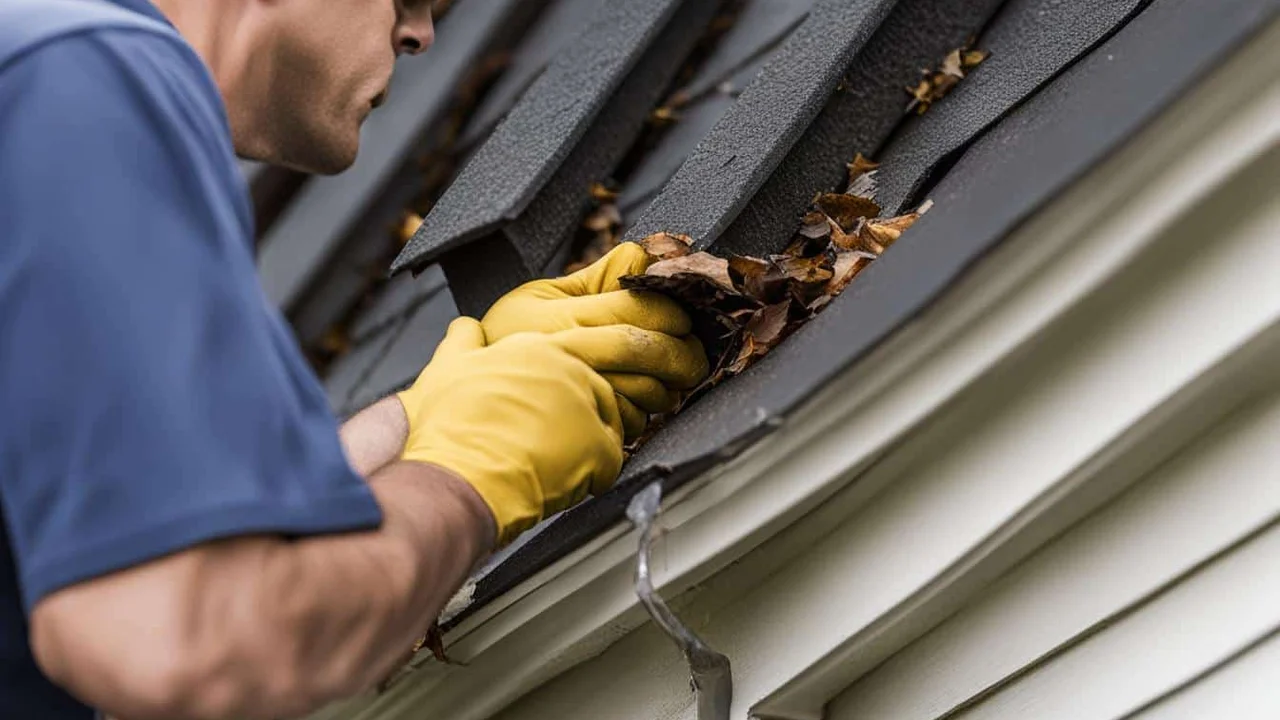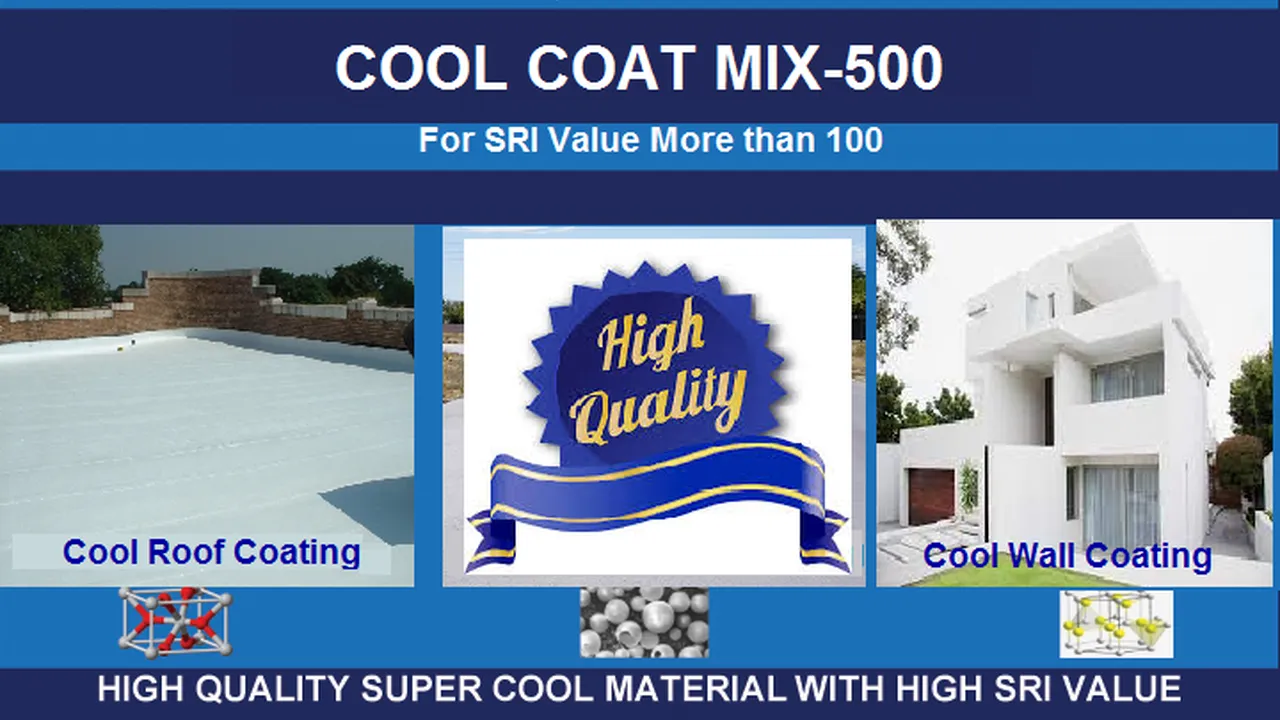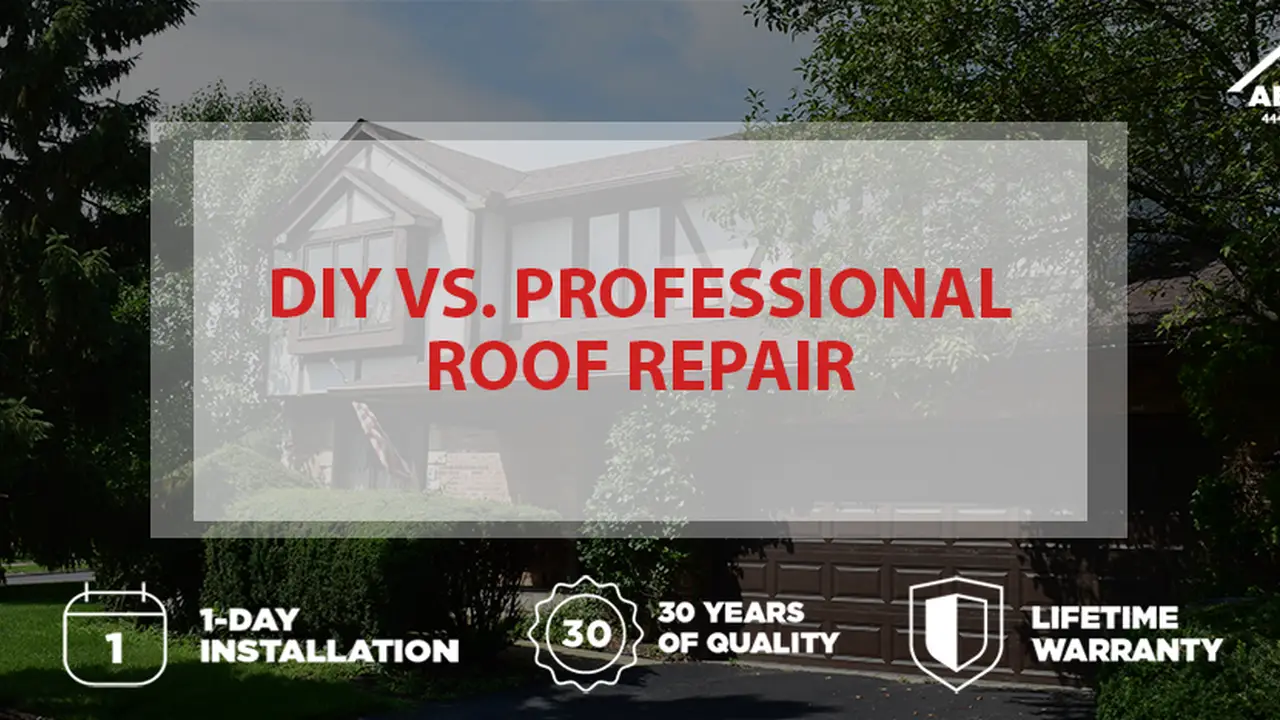Choosing Roofing Materials for High Wind Areas
Select the best roofing materials designed to withstand high winds and severe weather conditions for enhanced home safety.

Choosing Roofing Materials for High Wind Areas
Understanding Wind Resistance in Roofing Materials
Hey there, homeowners! If you live in an area prone to high winds, whether it's coastal regions, hurricane zones, or just places with frequent strong gusts, you know how crucial it is to have a roof that can stand up to the challenge. It's not just about keeping the rain out; it's about protecting your entire home and family from devastating damage. Choosing the right roofing material isn't just a preference; it's a necessity for peace of mind and long-term safety. We're talking about materials designed to stay put when Mother Nature throws her worst at them.
When we talk about wind resistance, we're looking at a few key factors. First off, there's the material itself – how heavy is it? How flexible? How does it interact with fasteners? Then there's the installation method, which is arguably just as important as the material. A super-strong material poorly installed is just as vulnerable as a weak one. We also consider things like uplift resistance, which is the roof's ability to resist being pulled upwards by strong winds, and impact resistance, which helps against flying debris. It's a whole system working together to keep your home secure.
Key Factors for High Wind Roofing Selection
So, what should you be looking for when picking out roofing materials for a high-wind zone? Let's break it down:
Wind Uplift Resistance and Fastening Systems
This is probably the most critical factor. Wind uplift is what happens when strong winds create a vacuum effect, trying to suck your roof right off your house. Good wind uplift resistance comes from a combination of the material's inherent strength and, more importantly, the fastening system. We're talking about how many nails or screws are used, their type, and how they're applied. For instance, some shingles require six nails per shingle in high-wind areas, compared to four in calmer zones. Metal roofs often use specialized clips and fasteners designed to create a continuous, secure attachment to the roof deck. It's all about creating a robust connection that won't let go.
Material Weight and Durability for Wind Storms
Generally speaking, heavier materials tend to offer better wind resistance because they're harder for the wind to lift. Think about it: a lightweight tarp is easily blown away, but a heavy concrete slab isn't going anywhere. However, weight isn't the only factor. Durability plays a huge role too. A material might be heavy, but if it's brittle and shatters under impact from wind-borne debris, it's not doing its job. We need materials that are both substantial and resilient, capable of absorbing impacts and flexing without breaking.
Impact Resistance Against Flying Debris
High winds often bring flying debris – branches, loose outdoor furniture, even parts of other structures. Your roof needs to be able to take a hit and keep on performing. This is where impact resistance ratings come in handy. Many roofing materials are tested for their ability to withstand impacts from various objects at different speeds. Look for materials with high impact resistance ratings, especially if you're in an area prone to hurricanes or tornadoes.
Installation Techniques for Enhanced Wind Protection
As I mentioned, even the best material can fail if not installed correctly. For high-wind areas, specific installation techniques are often mandated or highly recommended. This includes things like using a full-coverage adhesive underlayment, staggering shingle patterns correctly, using longer or more corrosion-resistant fasteners, and ensuring all edges and flashing are meticulously sealed and secured. A reputable contractor specializing in high-wind installations will be familiar with these crucial details.
Top Roofing Materials for High Wind Performance
Alright, let's get down to the specific materials that shine in windy conditions:
Metal Roofing Systems for Wind Resilience
Metal roofs are often considered the gold standard for high-wind areas, and for good reason. They are incredibly durable, lightweight yet strong, and can be installed in large panels or interlocking sections that offer superior wind uplift resistance. They typically have excellent fire and impact resistance too. Plus, they come in various styles, from standing seam to metal shingles, so you don't have to sacrifice aesthetics for strength.
Recommended Metal Roofing Products:
- Dura-Loc Steel Shingles: These are interlocking steel shingles designed to mimic the look of traditional asphalt or wood shakes. They are known for their exceptional wind resistance (rated up to 120 mph) and come with a robust warranty. They're a great choice for homeowners who want the aesthetic of traditional shingles but the durability of metal. Installation involves specialized fasteners that create a tight, secure fit. Expect pricing to be in the range of $8-$15 per square foot installed, depending on the complexity of your roof and location.
- Classic Metal Roofing Systems (e.g., Oxford Shingle, Rustic Shingle): Classic Metal Roofing offers a range of aluminum roofing products that are lightweight, corrosion-resistant, and highly wind-resistant (rated for winds up to 160 mph). Their interlocking designs and hidden fasteners contribute to their superior performance. Aluminum is also great for coastal areas due to its resistance to salt corrosion. Pricing typically ranges from $10-$20 per square foot installed.
- Berridge Manufacturing Standing Seam Panels: For a more commercial or modern look, standing seam metal roofs from manufacturers like Berridge are fantastic. These panels run vertically up the roof, with seams that are raised and interlocked, providing incredible wind resistance. They are often rated for winds exceeding 150 mph. The cost for standing seam can be higher, often $12-$25+ per square foot installed, but their longevity and performance are unmatched.
Asphalt Shingles with Enhanced Wind Ratings
While traditional 3-tab asphalt shingles might not be the best choice for extreme winds, architectural or laminate asphalt shingles have come a long way. Many manufacturers now offer shingles specifically designed for high-wind areas, often with higher wind resistance ratings (up to 130 mph or more). These typically feature a heavier construction, a stronger adhesive strip, and require more nails per shingle during installation. They're a more budget-friendly option compared to metal but still offer significant protection.
Recommended High-Wind Asphalt Shingle Products:
- GAF Timberline HDZ Shingles: GAF is a leading manufacturer, and their Timberline HDZ line is specifically engineered for high-wind performance. They feature a proprietary LayerLock™ Technology and Dura Grip™ Adhesive, which provide exceptional wind uplift resistance. They come with a 130 mph wind warranty with no maximum wind speed limitation when installed with four nails and qualifying GAF accessories. These are a very popular choice in many parts of the US. Expect to pay around $4-$8 per square foot installed.
- CertainTeed Landmark Pro Shingles: CertainTeed's Landmark Pro series offers a heavier shingle with a dual-layer design for added durability and wind resistance. They are rated for winds up to 110 mph and can be upgraded to 130 mph with special installation techniques. They also come in a wide array of colors and offer a great aesthetic. Pricing is similar to GAF, typically $4-$8 per square foot installed.
- Owens Corning Duration Series Shingles: Owens Corning Duration shingles feature their patented SureNail® Technology, which provides a unique fabric strip in the nailing area for superior grip and wind resistance. They are rated for 130 mph winds when installed correctly. These are another excellent choice for homeowners looking for reliable asphalt shingles in windy conditions. Cost-wise, they fall into the $4-$8 per square foot installed range.
Tile Roofing Clay and Concrete for Wind Resistance
Clay and concrete tiles are incredibly heavy, which is a huge advantage in high-wind situations. Their weight makes them naturally resistant to uplift. However, proper installation with robust fastening systems is absolutely critical to prevent individual tiles from dislodging and becoming dangerous projectiles. They also offer excellent fire resistance and a long lifespan, making them a popular choice in many regions, especially those with a Mediterranean or Spanish architectural style.
Recommended Tile Roofing Products:
- Boral Roofing Clay and Concrete Tiles: Boral offers a vast selection of clay and concrete tiles, many of which are specifically designed and tested for high-wind performance. Their products often meet stringent wind uplift requirements, especially when installed with their recommended fastening systems, which can include specialized clips and mortar. Their concrete tiles, like the Saxony 900 series, offer a robust solution. Clay tiles tend to be more expensive than concrete. Expect concrete tiles to be $8-$18 per square foot installed, and clay tiles to be $12-$30+ per square foot installed.
- Eagle Roofing Products Concrete Tiles: Eagle is another major player in the concrete tile market, offering a wide range of profiles and colors. Their tiles are heavy and durable, providing excellent wind resistance when properly installed. They have specific installation guidelines for high-wind zones, often involving more fasteners and specialized adhesives. Their Capistrano and Malibu profiles are popular choices. Pricing is generally in the $8-$18 per square foot installed range.
Synthetic and Composite Roofing for Durability
Synthetic and composite roofing materials are becoming increasingly popular because they offer the aesthetic appeal of natural materials like slate or wood shakes but with enhanced durability, lighter weight, and superior wind and impact resistance. These materials are often made from recycled plastics and rubber, making them an eco-friendly choice too. They are engineered to withstand extreme weather, including high winds and hail.
Recommended Synthetic/Composite Roofing Products:
- DaVinci Roofscapes Composite Shingles: DaVinci offers premium composite roofing that mimics slate and cedar shakes. Their products are incredibly durable, rated for Class A fire resistance, Class 4 impact resistance, and wind resistance up to 110 mph (and often higher with specific installation). They are lightweight, won't crack, curl, or fade, and come with a lifetime limited warranty. These are a high-end option, typically costing $12-$25+ per square foot installed.
- F-Wave REVIA Synthetic Shingles: F-Wave offers a unique synthetic shingle that is much thicker and more durable than traditional asphalt shingles. They are designed to be extremely impact and wind resistant (rated for 130 mph winds) and are much lighter than tile or slate. They come in various styles, including those that mimic wood shakes or slate. Pricing is generally in the $7-$12 per square foot installed range, making them a strong contender for value and performance.
Installation Best Practices for High Wind Areas
Remember, the material is only half the battle. Proper installation is paramount. Here's what to look for:
Adhesive and Fastener Requirements for Wind Zones
In high-wind areas, contractors should always follow manufacturer-specific installation guidelines, which often include using more fasteners per shingle or panel than in standard installations. For asphalt shingles, this might mean six nails instead of four. For metal roofs, specialized clips and screws are essential. A high-quality, full-coverage adhesive underlayment can also provide an extra layer of protection against wind-driven rain and uplift.
Roof Deck Preparation and Reinforcement
Your roof deck is the foundation of your roofing system. In high-wind areas, it's crucial that the deck is properly secured to the rafters and that the sheathing itself is in excellent condition. Sometimes, additional hurricane clips or straps are used to reinforce the connection between the roof structure and the walls of your home. A strong deck means a strong roof.
Proper Flashing and Edge Detailing
The edges and penetrations (like chimneys, vents, and skylights) are often the weakest points of a roof in a windstorm. Meticulous flashing installation and secure edge detailing are critical. This includes using drip edge, rake edge, and ensuring all flashing is properly sealed and fastened to prevent wind from getting underneath the roofing material and peeling it back.
Comparing Costs and Long-Term Value in High Wind Regions
When you're looking at roofing for high-wind areas, it's easy to get caught up in the upfront cost. But trust me, thinking long-term is where it's at. A cheaper roof that blows off in the first big storm is far more expensive than a robust one that lasts for decades. Consider the total cost of ownership, which includes installation, maintenance, and potential repair or replacement costs after a storm.
Initial Investment vs. Durability and Lifespan
Metal and composite roofs often have a higher initial cost than asphalt shingles. However, they also boast significantly longer lifespans (30-70+ years for metal, 50+ for composites) and require less maintenance. Asphalt shingles, while cheaper upfront, might only last 20-30 years, and their wind resistance can degrade over time. In a high-wind area, the peace of mind and reduced risk of damage from a more durable material can easily justify the higher initial investment.
Insurance Premiums and High Wind Discounts
Here's a cool bonus: many insurance companies offer discounts for homes with roofs that meet certain high-wind resistance standards. Installing a roof with a Class 4 impact rating or a high wind resistance rating can potentially lower your homeowner's insurance premiums. Always check with your insurance provider to see what discounts might be available to you. This can significantly offset the higher cost of premium materials over the life of your roof.
Maintenance Requirements for Wind Resistant Roofs
Even the toughest roofs need a little love. Regular inspections, especially after a major storm, are crucial. For metal roofs, check for loose fasteners or damaged panels. For tile roofs, look for cracked or dislodged tiles. For asphalt, keep an eye out for lifted or missing shingles. Proactive maintenance can catch small issues before they become big, expensive problems, especially in areas where wind is a constant threat.
Specific Considerations for US and Southeast Asian Markets
The US and Southeast Asia both face significant wind challenges, but the specific types of storms and environmental factors can differ.
Hurricane and Tornado Zones in the US
In the US, particularly along the Gulf and Atlantic coasts, hurricanes are a major concern. Inland, tornadoes pose a different but equally destructive wind threat. For these areas, materials with extreme wind uplift and impact resistance are non-negotiable. Building codes in these regions are often very strict, requiring specific fastening schedules and materials that meet high wind ratings. Always ensure your chosen materials and contractor comply with local building codes, like those in Florida or Texas, which are often at the forefront of wind-resistant construction.
Typhoon and Monsoon Regions in Southeast Asia
Southeast Asia experiences frequent typhoons and monsoons, bringing not only high winds but also torrential rain. This means that in addition to wind resistance, superior waterproofing and drainage are absolutely critical. Metal roofs, with their interlocking panels and excellent water shedding capabilities, are often a fantastic choice here. Tile roofs, when properly installed and sealed, also perform well. The high humidity in these regions also means materials need to be resistant to mold, mildew, and corrosion.
Final Thoughts on Securing Your Home from Wind Damage
Choosing the right roofing material for high-wind areas is one of the most important decisions you'll make for your home's safety and longevity. It's an investment that pays dividends in protection, peace of mind, and potentially lower insurance costs. Don't cut corners here. Prioritize materials with high wind uplift and impact resistance, and always, always choose a reputable contractor who specializes in high-wind installations. Ask for references, check their certifications, and ensure they understand the specific challenges of your local climate. Your roof is your home's first line of defense; make sure it's ready for anything the wind can throw at it.
Stay safe out there, and happy roofing!
:max_bytes(150000):strip_icc()/277019-baked-pork-chops-with-cream-of-mushroom-soup-DDMFS-beauty-4x3-BG-7505-5762b731cf30447d9cbbbbbf387beafa.jpg)






